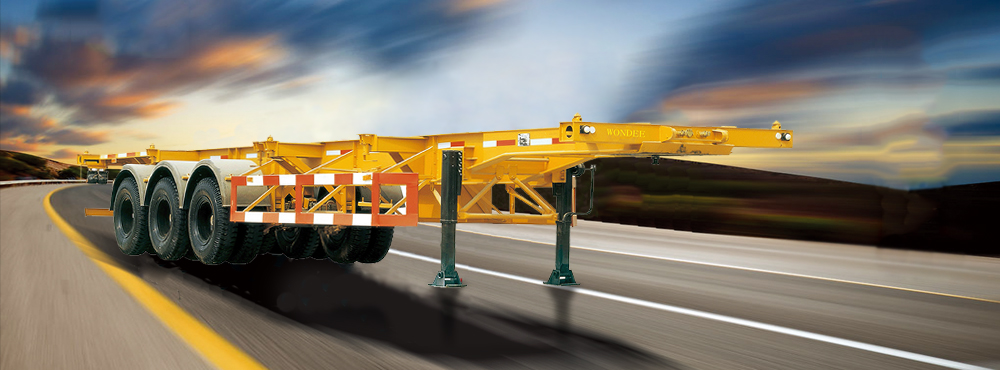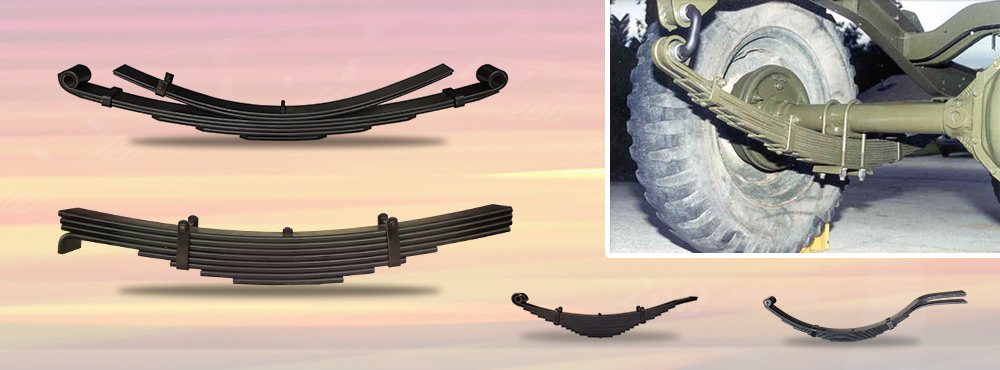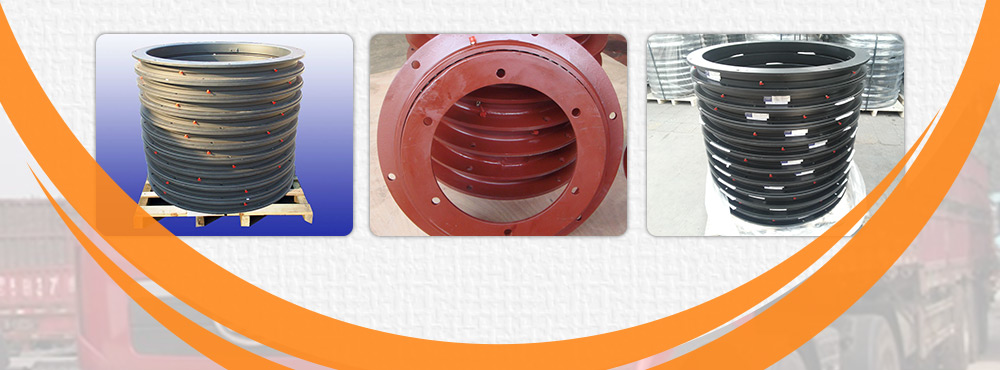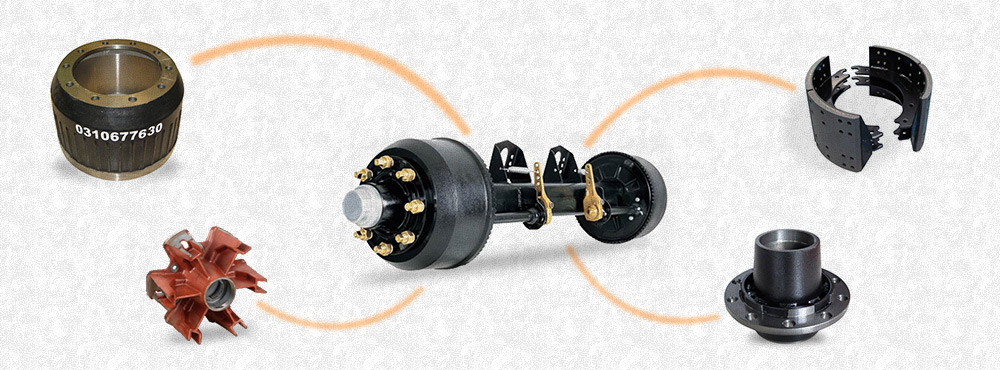CATEGORIES
BRAKE DRUM
Your Position:Home>>Brake Drum
Advantages of Drum brakes
2016-02-17 09:36:48
Drum brakes are used in most heavy duty trucks, some medium and light duty trucks, and few cars, dirt bikes, and ATV. Drum brakes are often applied to the rear wheels since most of the stopping force is generated by the front brakes of the vehicle and therefore the heat generated in the rear is significantly less. Drum brakes allow simple incorporation of a parking brake.
Drum brakes are also occasionally fitted as the parking (and emergency) brake even when the rear wheels use disc brakes as the main brakes. Many rear disc braking systems use a parking brake in which the piston in the caliper is actuated by a cam or screw. This compresses the pads against the rotor. However, this type of system becomes much more complicated when the rear disc brakes use fixed, multi-piston calipers. In this situation, a small drum is usually fitted within or as part of the brake disc. This type of brake is also known as a banksia brake.
In hybrid vehicle applications, wear on braking systems is greatly reduced by energy recovering motor-generators (see regenerative braking), so some hybrid vehicles such as the GMC Yukon Hybrid and Toyota Prius (except the third generation) use drum brakes.
Disc brakes rely on pliability of caliper seals and slight run out to release pads, leading to drag, fuel mileage loss, and disc scoring. Drum brake return springs give more positive action and, adjusted correctly, often have less drag when released. It is however possible to design special seals that retract the piston on a disc brake.
Certain heavier duty drum brake systems compensate for load when determining wheel cylinder pressure; a feature rare when discs are employed (Hydro pneumatic suspension systems as employed on Citroën vehicles adjust brake pressure depending on load regardless of if drum or discs are used). One such vehicle is the Jeep Comanche. The Comanche can automatically send more pressure to the rear drums depending on the size of the load. Most other brands have used load sensing valves in the hydraulics to the rear axle for decades.
Due to the fact that a drum brake's friction contact area is at the circumference of the brake, a drum brake can provide more braking force than an equal diameter disc brake. The increased friction contact area of drum brake shoes on the drum allows drum brake shoes to last longer than disc brake pads used in a brake system of similar dimensions and braking force. Drum brakes retain heat and are more complex than disc brakes but are often the more economical and powerful brake type to use in rear brake applications due to the low heat generation of rear brakes, a drum brake's self-applying nature, larger friction surface contact area, and long life wear characteristics (%life used/kW of braking power).
To list advantages of drum brakes:
◆less expensive to produce
◆slightly lower frequency of maintenance due to better corrosion resistance compared to disks.
◆built-in self energizing effect requires less input force (such as hydraulic pressure).
◆wheel cylinders are somewhat simpler to recondition compared to calipers.
◆minor weight savings, primarily from much smaller and lighter hydraulic cylinders vs. calipers.
Related Reading: Wheel Hub Brake Shoe
Previous:Drum Brake Components














